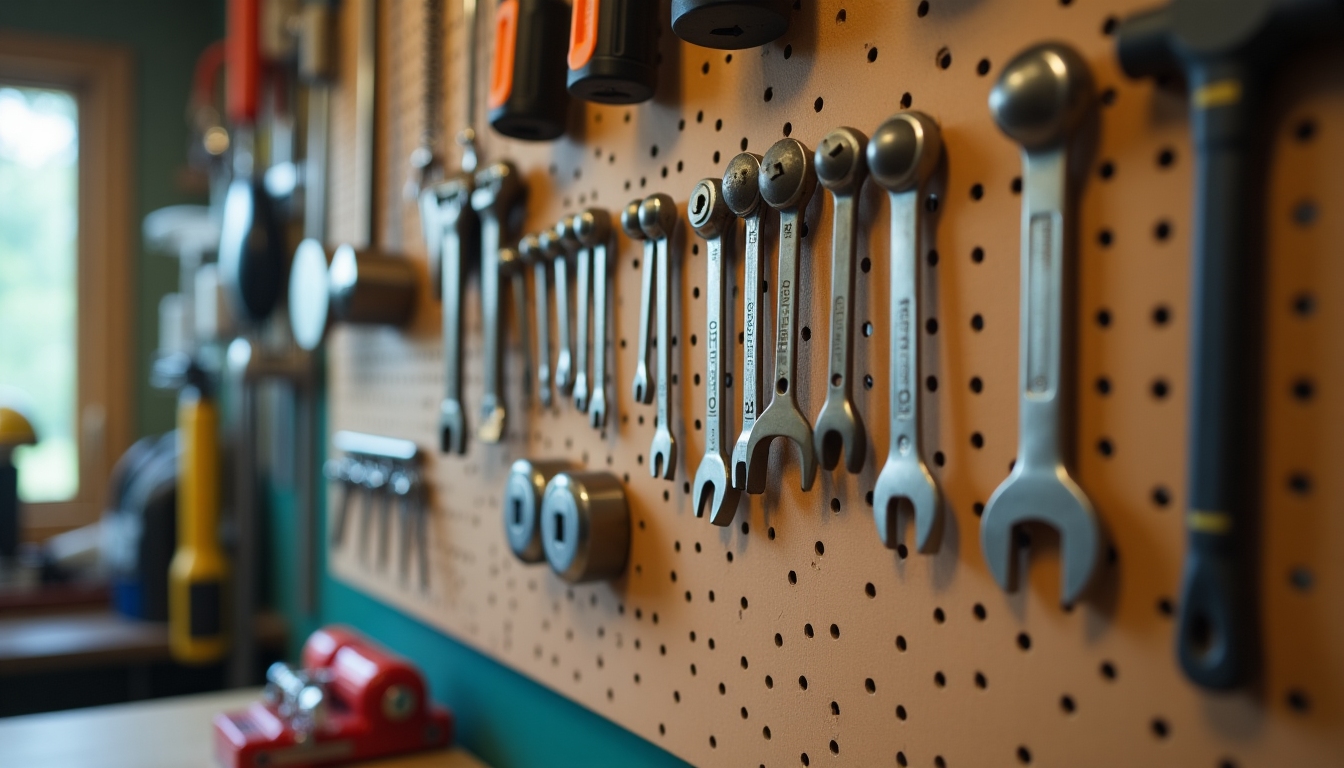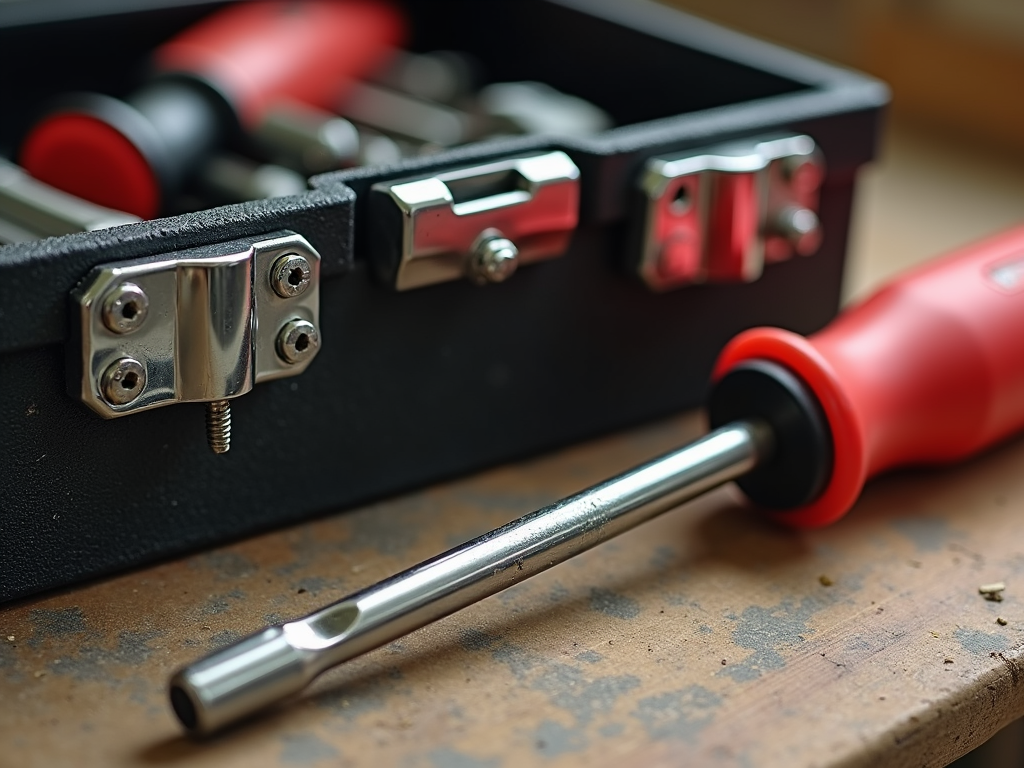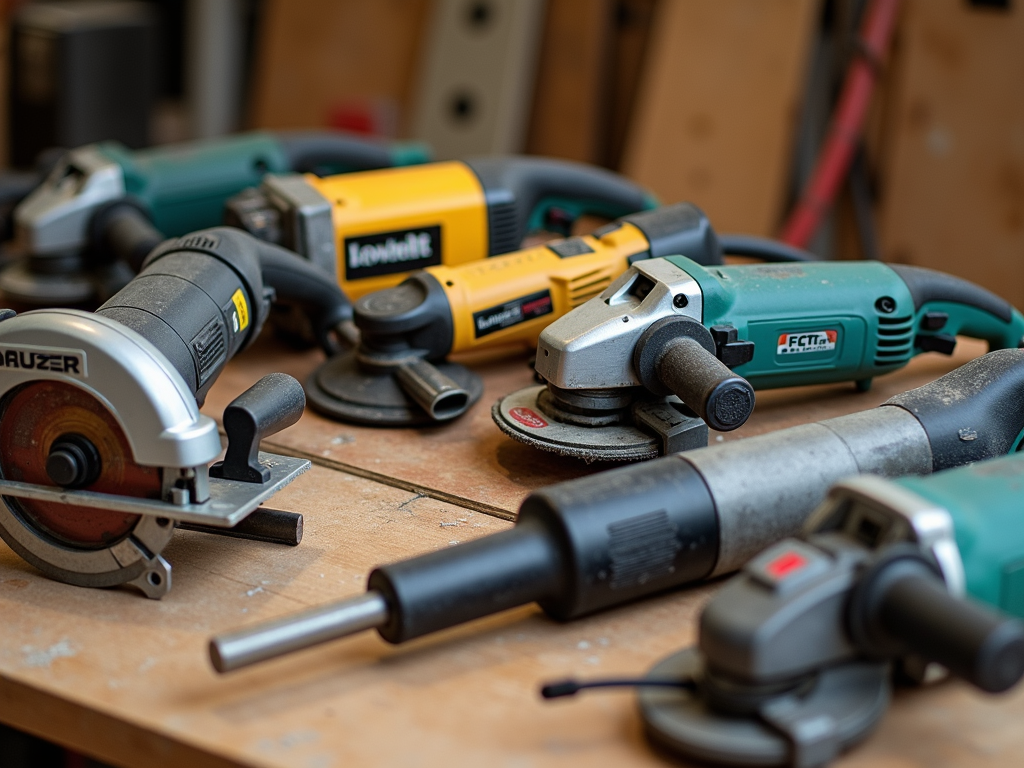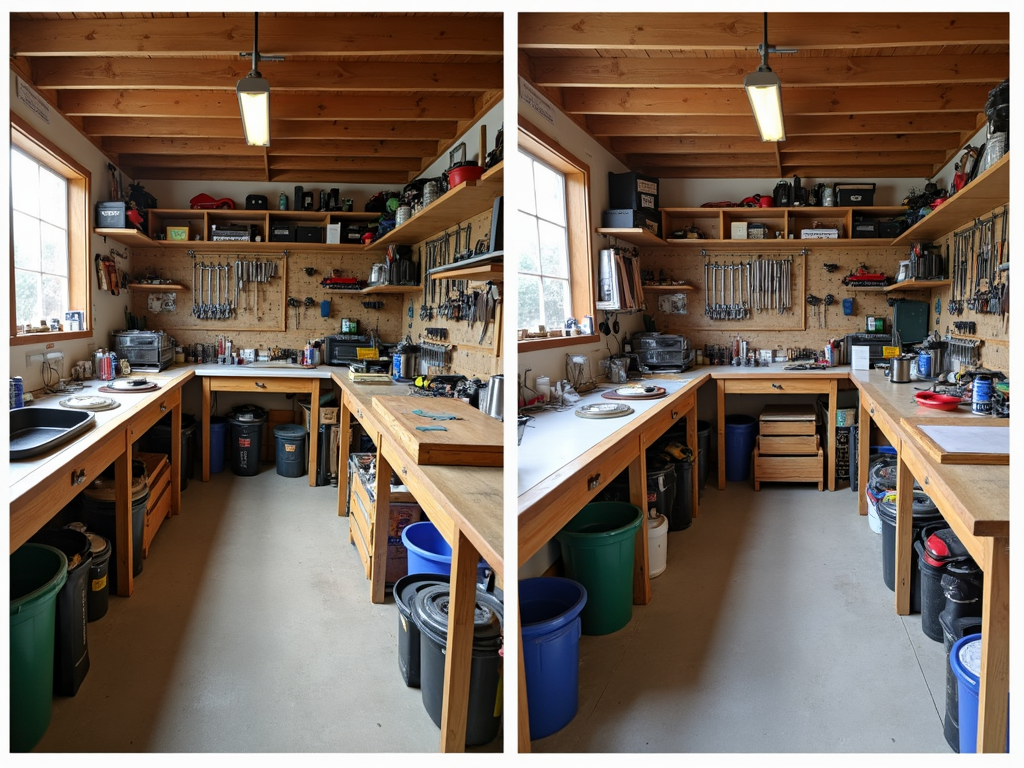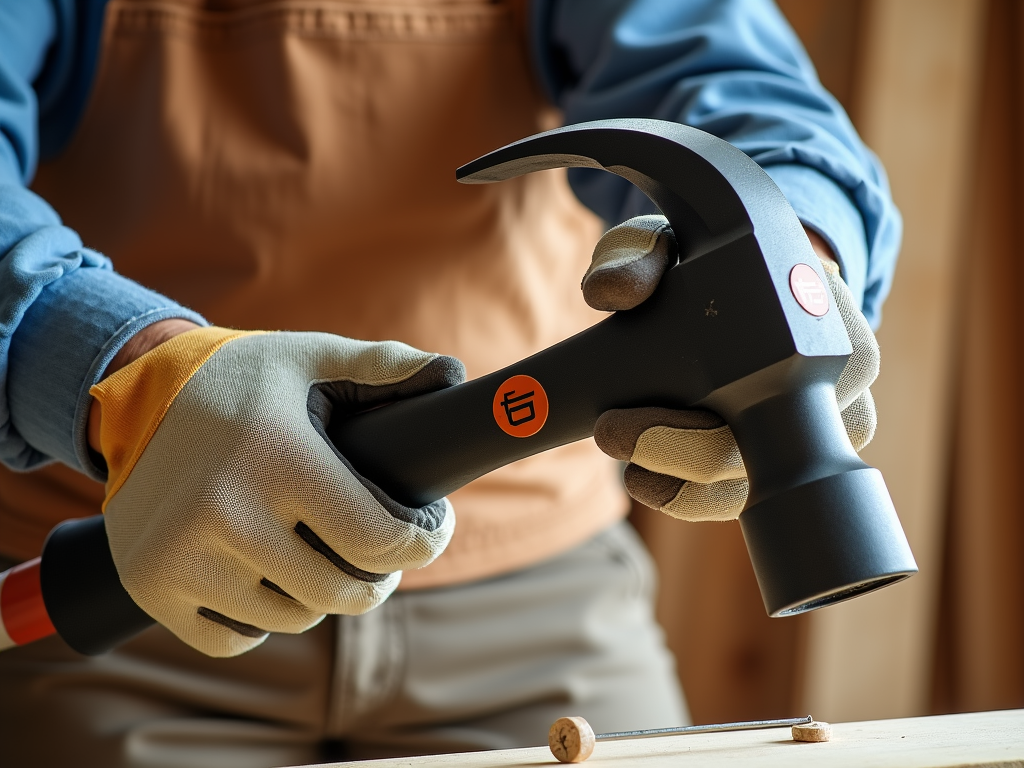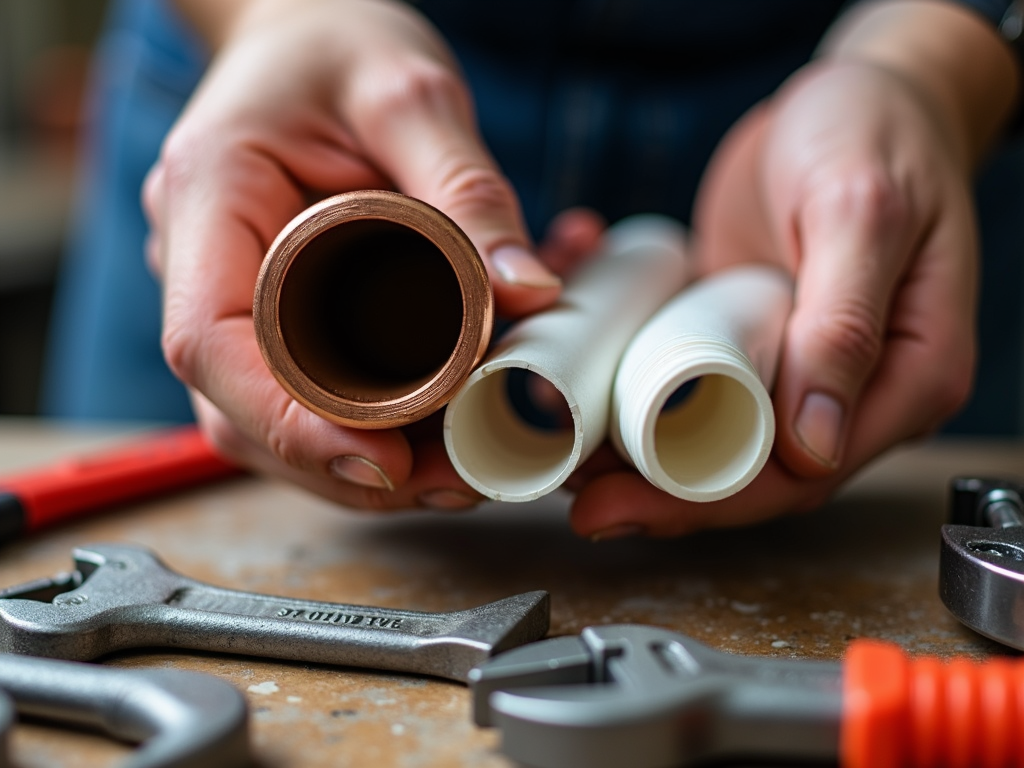Proper storage of power tools is crucial for several reasons. It not only extends the lifespan of your tools but also ensures they remain safe and ready for use when you need them. In this comprehensive guide, we'll explore the best ways to store your power tools, covering everything from general storage tips to specific solutions and maintenance practices. Whether you're a DIY enthusiast or a professional tradesperson, these strategies will help you keep your tools in top condition for years to come.
General Storage Tips
When it comes to storing power tools, there are a few key factors to consider:
- Temperature: Extreme temperatures can damage batteries and electronic components. Aim to store your tools in a climate-controlled environment, ideally between 50°F and 80°F (10°C to 27°C).
- Humidity: Moisture is the enemy of power tools, as it can lead to rust and corrosion. Use dehumidifiers or silica gel packs in your storage area to keep humidity levels low.
- Organization: A well-organized storage system not only makes it easier to find the tool you need but also reduces the risk of damage from tools knocking into each other.
By keeping these factors in mind, you can create an optimal environment for your power tools.

Specific Storage Solutions
There are several effective ways to store power tools, depending on your space and needs:
-
Tool Chests: These are ideal for larger collections and provide secure, organized storage. Look for chests with multiple drawers and customizable compartments.
-
Pros: Excellent protection from dust and moisture, can be locked for security, keeps tools organized and out of sight.
-
Cons: Can be expensive, takes up floor space, may be overkill for small tool collections.
-
Wall-Mounted Systems: Pegboards or slatwall systems are great for maximizing vertical space and keeping tools visible and accessible.
-
Pros: Maximizes vertical space, keeps tools within reach, customizable to fit your needs.
-
Cons: Tools are exposed to dust and potential damage, may not be suitable for very heavy tools, requires wall space and proper installation.
-
Portable Cases: For those who need to transport their tools frequently, invest in high-quality cases with custom foam inserts to protect your tools during transit.
-
Pros: Protects tools during transportation, keeps tools organized and portable, ideal for job sites or multiple work locations.
- Cons: Limited capacity compared to stationary storage, can be bulky to carry, may not provide long-term storage solutions.
By carefully evaluating your needs and workspace, you can select the storage solution that best fits your situation. Remember, the goal is to keep your tools protected, organized, and easily accessible.

Tool Maintenance: Tips for Longevity
Proper maintenance is essential for the longevity of your power tools. Here are some tips:
- Clean your tools after each use, removing dust, debris, and any accumulated grime.
- Lubricate moving parts regularly to prevent wear and tear.
- Inspect cords and batteries for any signs of damage before storing.
- For cordless tools, follow the manufacturer's guidelines for battery storage to maximize their lifespan.
Taking these steps will ensure your tools remain in peak condition, ready for your next project.

Safety Considerations
Storing power tools safely is paramount, especially if you have children or pets in your home. Consider the following:
- Use locked cabinets or tool chests to prevent unauthorized access.
- Store batteries separately from tools when not in use.
- Keep tools unplugged and batteries removed when storing for extended periods.
- Ensure your storage area is well-ventilated and free from potential fire hazards.
Additionally, while this article focuses on power tools, many of these safety principles also apply to hand tools like screwdrivers. For more detailed guidance, check out our article on Screwdriver Safety Tips: Protecting Yourself and Your Tools.
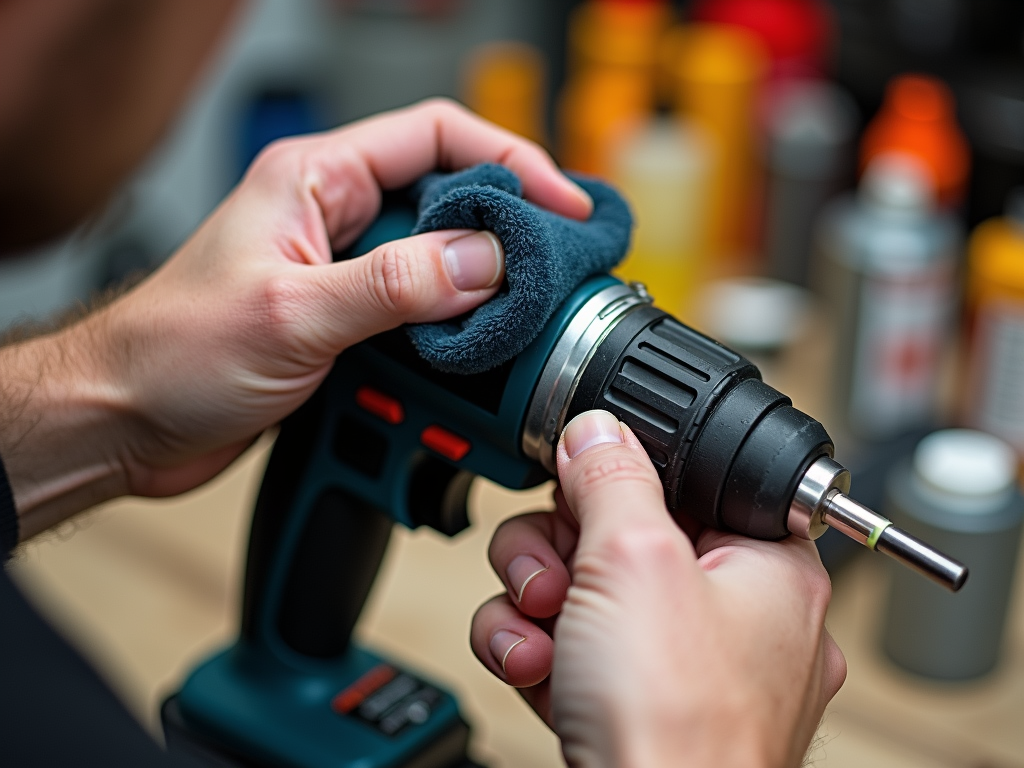
Conclusion
By implementing these storage strategies and maintenance practices, you'll not only extend the life of your power tools but also create a safer, more efficient workspace. Remember, the key to proper tool storage is consistency – make it a habit to clean, inspect, and store your tools correctly after each use. Your future self (and your wallet) will thank you for the care you've taken with your valuable workman tools.

Related The Best Way to Store Power Tools:
- Organizing Your Workshop: Maximizing Space and Efficiency
- Tool Maintenance: Tips for Longevity
- Maintaining Your Power Tool Collection: Essential Tips for Longevity and Performance
- Understanding Torque: Essentials for Every Mechanic
- Maximizing Productivity in Small Workshops: A Comprehensive Guide
- The Ultimate Guide to Choosing the Right Tool Belt for You
- The Ultimate Guide to Modern Workman Tools with Ergonomic Design
- Top 5 Multi-Tools Every Craftsman Needs
- Essential Workshop Setup Tips for a Productive and Safe Workspace
- How to Choose the Right Pipe for Your Plumbing Needs
- Case Studies: Successful Implementation of Automation in SMEs
- How to Stay Safe on Construction Sites: Essential Tips
